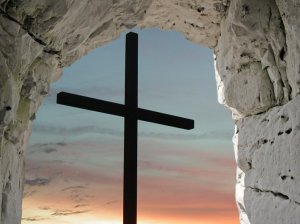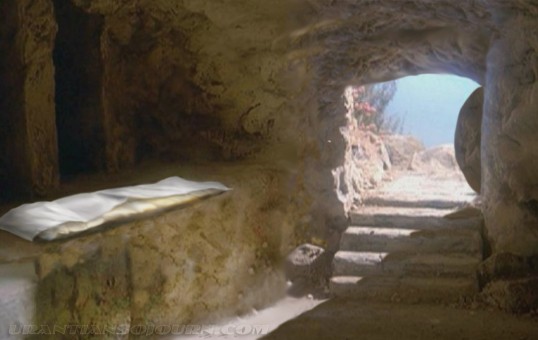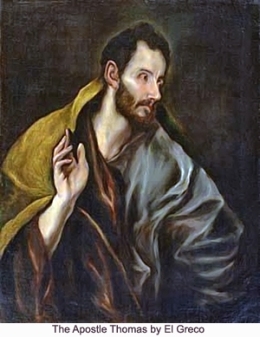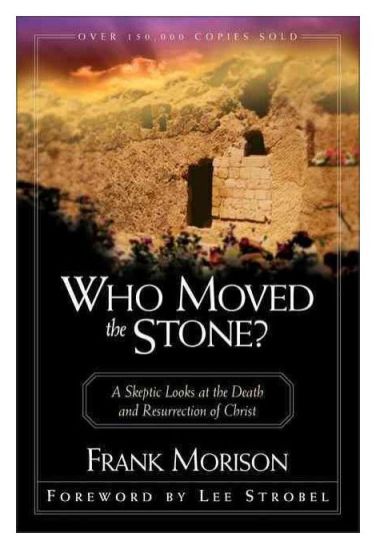It’s Christmas Time and the perfect opportunity to do a review for… what else but a contemporary Christmas Song! An incredible one called, “Mary Did You Know”.

I first heard the song as it was sung by Michael English back in 1993 and I fell in love with the song itself then, but over time Michael’s rendition has continued to be my favorite. After hearing it the first time I was so taken up with the arrangement and performance that I initiated that a custom video be made by our church. We would use the video and the synchronized instrumental track as background for a Christmas vocal presentation.
A friend, Chris Rogers owned and operated a multi-media company and with his help we video taped “our Mary”, Marilyn Lorence, all dressed up in period garb. We did the filming at Great Falls Park one morning. It turned out splendidly with added scenes from the Matthew Gospel video and some other random clips to complete the video edit.
I recently purchased Michael English version for my Kindle Fire. Upon hearing it again I was reminded that the VHS tape of the recording can be transferred to DVD. Looks like I have a new Christmas project!
****************************************************************************
Here is the Youtube Link to the song Mary Did You Know
****************************************************************************
A LOOK AT THE LYRICS
After the wonderful airy keyboard intro the song places us directly into Mary’s perspective and experience. A question begins the interaction… “Did you know?” Mary is asked. What are you thinking as you hold this child?
But the brilliance of the song is greater as the question indirectly extends beyond Mary to the listener… what do you, the listener, think Mary knew as she held the baby? Does the listener think she has any inkling of who Jesus is and what his life will be like? How does a God-man act? How does one mother a Messiah?
We know she understands that something miraculous has happened. She knows the God has brought the Messiah into the world through her womb. But how the purposes of God will be played out… what can she know?
The incarnation is an awesome cornerstone truth of the Christian tradition and experience. God come in the flesh… and who was holding this miracle in her arms? Mary.
There are three verses and each ends with a creative, clever and rather poignant poetic turn.
The first verse ends with “This child that you delivered will soon deliver you”. The cute maternal manger scene is flipped on its head with a marvelous play on the word “deliver”. Mary who is the source of human life for the babe is asked if she realizes that the role of life-giver will in the end be profoundly reversed. Mary must be “delivered” from death and brought into eternal life. Mary must be saved by the same Messiah who was birthed from her womb as we all must be.
The second verse reminds us that the incarnation is real. Behind the vulnerability of a child is the God come in the flesh. But even more so the immediacy of God with us is seen in a face… the face of the child, the face of God.
The third verse is the coup-de-grace. Each line progressively expands on who Jesus is and how awesome He is… from “Lord of all creation” to “ruler of nations” to the “perfect Lamb” and redeemer of the human race to “Great I Am”. This sleeping child is the one Eternal God with no beginning and no end. The picture most have of the sweet baby Jesus in a manger, meek and mild, explodes now in majesty and awe before our very eyes!
THE SONG, PERFORMANCE AND ARRANGEMENT
The song has no real chorus other than the repeating “Mary Did You Know”. The melody is beautiful and set in a minor key fitting the reflective mood it intends to create. You will not forget those first four words and you will be singing them to yourself wanting to remember it all.
Many have performed this song, even Kenny Rogers! A favorite of mine is the version by Kathy Mattea. Nice acoustic guitars. But they all pale compared to Michael English. His voice quality for the verses is perfect. He does not try to “jazz it up” with many vocal turns and inflections, trying to “make the song his own”. He trusts the song’s power and we are enthralled by singing as he gives us room to contemplate the lyrics. If you have never heard the song before you will not be ready for the bridge. Michael English is virtuoso here. His voice soars and we listen in hushed amazement when at the end of the bridge he asks pleadingly… “Mary did you know’. We are ready to encounter the third verse’s powerful theme.
The arrangement is the crown on this song for me. Other songs have nice instrumental backing, good musicianship but usually the song is played straight forward. Most church groups could perform the renditions. This arrangement is special from the very first moment as the keyboard sets out an other worldly sound playing around the 4/4 beat. The studio recording is hard to reproduce live. The “open” space that is created by the keyboard drums and vocal is what captures a heaven has come to earth sensation. Hard to reproduce that in a concert setting.
FINAL NOTE

One interesting note concerning this rendition involves Michael English’s fall from grace (as it were) in 1994. Michael had just received four Dove Awards, including Artist of the Year and Male Vocalist of the Year when it was learned that Marabeth Jordan, with whom he had an affair, was pregnant with his child. Marabeth, who was a vocalist with the group “New Song” that Michael had toured with, would later have a miscarriage. Michael’s wife of 11 years would divorce him. He would later sign a secular music contract, be taken in by Ashley and Wynonna Judd during his recovery period and finally re-emerge as a broken man healed by God. He would record the song “Healing” with Wynonna. His testimony is featured in his autobiography “The Prodigal Comes Home” He is currently the lead singer of the Gaither Vocal Group. So this rendition might have fallen a bit under the radar for awhile after the revelation of the affair.
But the song and the performance are priceless and are well-worth having in your Christmas collection. I’m glad to put it out there for those who have not heard Michael’s powerful vocals of “Mary Did You Know”.
Mary Did You Know link
Verse 1
Mary did you know
That your baby boy would one day walk on water
Mary did you know
That your baby boy would save our sons and daughters
Did you know
That your baby boy has come to make you new
This Child that you delivered
Will soon deliver you
Verse 2
Mary did you know
That your baby boy would give sight to the blind man
Mary did you know
That your baby boy would calm a storm with His hand
Did you know
That your baby boy has walked where angels trod
And when you kiss your little baby
You’ve kissed the face of God
Oh Mary did you know
Verse 3
Oh Mary did you know
That your baby boy is Lord of all creation
Mary did you know
That your baby boy will one day rule the nations
Did you know
That your baby boy is heaven’s perfect Lamb
And the sleeping Child you’re holding
Is the great I Am
Oh Mary oh
Misc 1
(BRIDGE)
Ooh Mary did you know
Ooh ooh The blind will see
The deaf will hear
The dead will live again
The lame will leap
The dumb will speak
The praises of the Lamb
CCLI Song # 839225
Buddy Greene | Mark Lowry
© 1991, 1993 Word Music, LLC (a div. of Word Music Group, Inc.)
Rufus Music (Admin. by Gaither Copyright Management)













